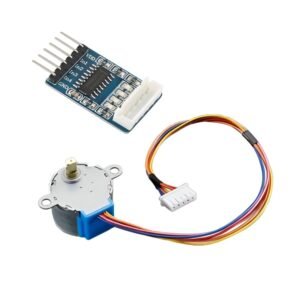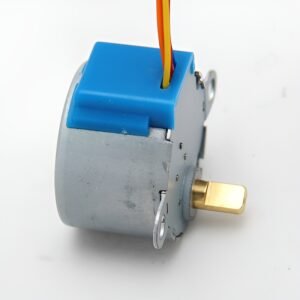Description
- Types:
- Centrifugal Pump: Utilizes centrifugal force to move water through a rotating impeller, commonly used for general-purpose applications such as irrigation, circulation, and drainage.
- Submersible Pump: Designed to be submerged in water, suitable for pumping water from wells, sumps, and tanks to the surface or for drainage in flooded areas.
- Diaphragm Pump: Employs a flexible diaphragm to create suction and discharge pressure, ideal for applications requiring gentle handling of fluids such as chemical transfer and water filtration.
- Jet Pump: Relies on the Venturi effect to create suction, commonly used for shallow well pumping, water boosting, and residential water supply systems.
- Power Source:
- Electric Water Pump: Operates using electric power from mains supply or batteries, providing consistent and reliable performance for continuous or intermittent use.
- Engine-Driven Pump: Powered by an internal combustion engine (gasoline, diesel, or gas), offering portability and independence from electrical power sources, suitable for remote or mobile applications.
- Flow Rate and Head:
- Flow Rate: Indicates the volume of water the pump can move per unit of time (e.g., gallons per minute, liters per hour), determined by the pump’s design, speed, and impeller size.
- Head: Represents the vertical distance that the pump can lift water, measured in feet or meters, indicating the maximum height difference between the water source and discharge point.
- Applications:
- Agriculture: Used for irrigation, crop spraying, livestock watering, and drainage in agricultural fields, orchards, and farms to maintain soil moisture and facilitate crop growth.
- Construction: Deployed for dewatering, excavation, and site drainage in construction projects such as building foundations, tunnels, and underground structures to prevent water accumulation.
- Water Supply: Installed in residential, commercial, and municipal water supply systems for boosting water pressure, supplying water to buildings, and distributing potable water.
- Industrial: Employed in industrial processes such as cooling, heating, wastewater treatment, and chemical processing for conveying fluids and maintaining process flow.
- Features and Benefits:
- Durability: Constructed with durable materials such as cast iron, stainless steel, or thermoplastics to withstand harsh operating conditions and provide long-term reliability.
- Efficiency: Designed for high efficiency and energy savings, incorporating features such as efficient impeller designs, variable speed drives, and automatic controls.
- Versatility: Available in various sizes, configurations, and performance characteristics to meet diverse application requirements, offering flexibility and adaptability.
- Safety: Equipped with safety features such as overload protection, thermal protection, and low-water shutoff to prevent damage to the pump and ensure safe operation.
- Considerations:
- Pump Sizing: Select the appropriate pump size, type, and capacity based on the specific application requirements, considering factors such as flow rate, head, and system pressure.
- Installation and Maintenance: Follow proper installation guidelines and regular maintenance procedures to ensure optimal performance and longevity of the water pump.
- Environmental Conditions: Consider factors such as temperature, humidity, and chemical compatibility when selecting a water pump for specific environments or fluid handling applications.
- Regulatory Compliance: Ensure compliance with local regulations, standards, and codes applicable to water pumps, especially in areas related to safety, efficiency, and environmental protection.





